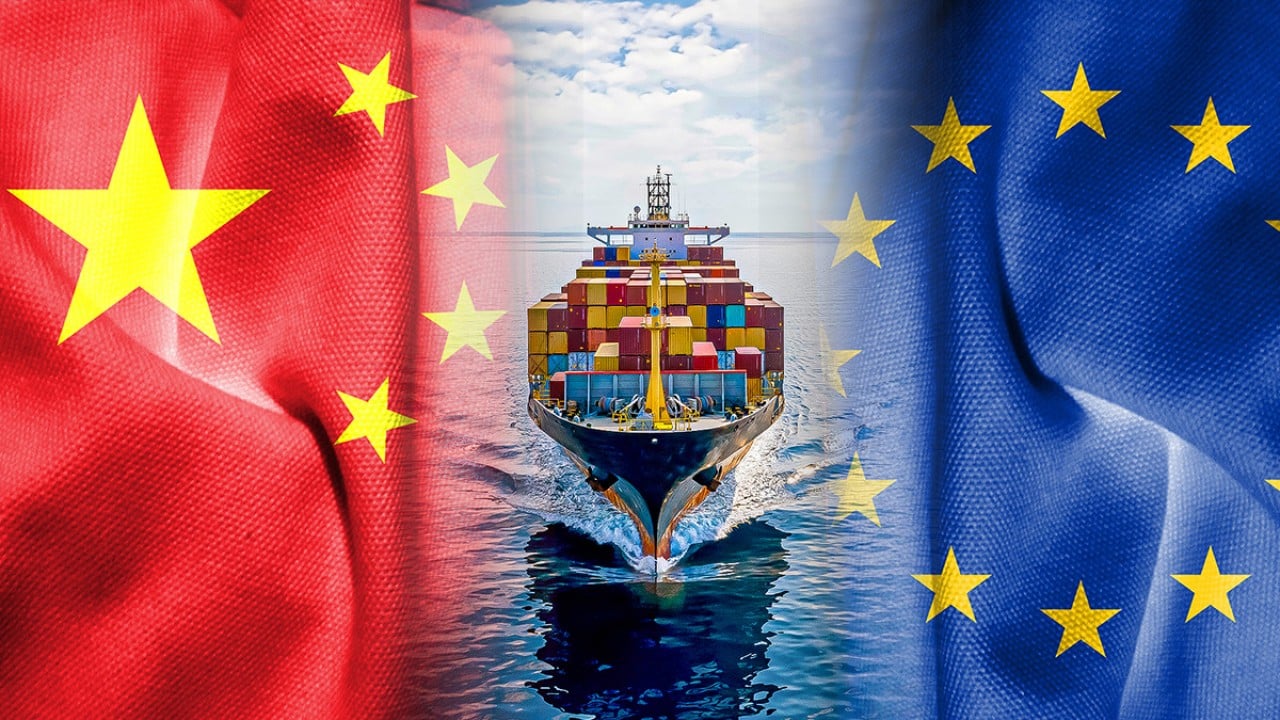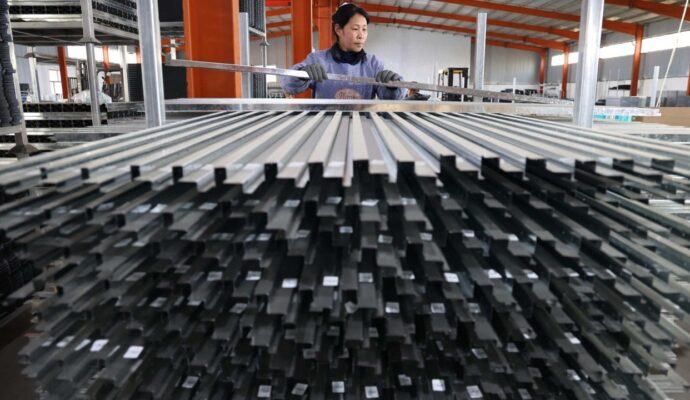There are fresh worries across Europe’s factory floors. The US has started applying steel and aluminium tariffs to a growing list of finished goods. In August, Washington added 407 new items to the tariff list. These include parts for wind turbines, cranes, bulldozers, railcars, motorcycles, marine engines, appliances and furniture.
Advertisement
In view of the US trade policy, Brussels should see that the near-term hit is not coming from Chinese EVs but from Washington’s widened “derivative” tariffs, which will significantly impact European-made parts and equipment. Brussels should reach a compromise with China to end the EV row and use the political room it buys to push back hard on the US tariff expansion that threatens European suppliers and overall climate policy.
The US tariffs affect intermediate goods, which are used in energy and transport products. These are the parts that sit between raw metal and a finished railcar or turbine. These parts are exported from Europe to the US. Because the tariff applies to any steel or aluminium inside a listed item, even a small component can trigger a 50 per cent surcharge at the border.
By negotiating a deal with China on EVs, the EU can free up political attention to deal with the US. Brussels and Beijing have already opened the door to a minimum price framework for Chinese-made EVs. This is a tool the EU has used in other sectors. It’s a framework that offers a transparent way to cool its trade dispute with China without years of legal trench warfare.
Advertisement



